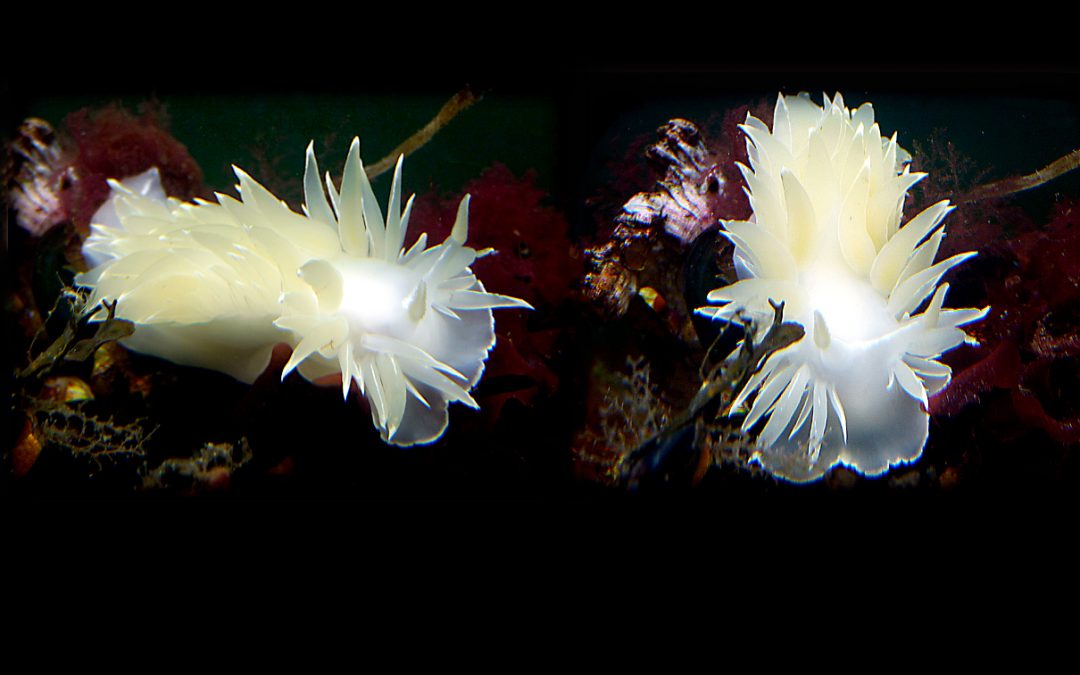
by David Young | Aug 22, 2024 | Molluscs
The Frosted Nudibranch by Elias and Jesse Common name: Frosted Nudibranch, Alabaster Nudibranch, White-lined Dirona Scientific name: Dirona albolineata Size range: up to 180mm (18cm) in length but normally 4cm Identifying Features: The most prominent feature of the...


